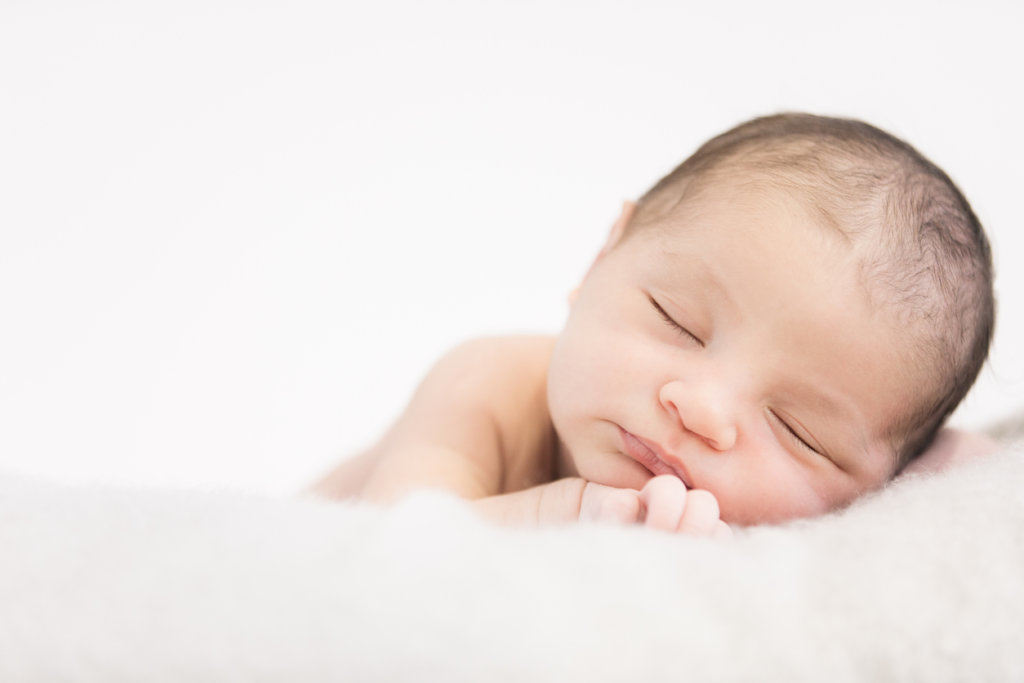Because Assisted Reproductive Technology (ART) consists of several steps, an ART procedure is typically referred to as a cycle of treatment rather than a procedure at a single point in time. Every cycle of ART involves multiple steps, and each occurs at a specific time during a four to six-week period.
The steps and progression of an ART cycle starts when a woman begins taking fertility drugs or has her ovaries monitored for follicle production. If eggs are produced, the cycle progresses to egg retrieval.
Retrieved eggs are combined with sperm to create embryos. If fertilization is successful, at least one embryo is selected for transfer. If implantation occurs, the cycle may progress to clinical pregnancy and possibly live birth.
An ART cycle typically includes the following steps or procedures:
- Prestimulation treatment
- Ovarian stimulation with gonadotropins (e.g. Bravelle®, Menopur®, Follistim®, Repronex®, Gonal-F®, Follistim AQ pen, and/or Gonal-F RFF Pen)
- Monitoring follicle development with ultrasound and serum hormone levels
- Final oocytes maturation and hCG administration (Profasi®, Pregnyl®, Novarel® or Ovidrel®)
- Transvaginal oocyte retrieval
- Insemination
- Embryo transfer
- Progesterone supplementation
- Pregnancy test Early pregnancy follow-up
An ART cycle in which ovarian stimulation was performed but the cycle was stopped before eggs were retrieved or, in the case of frozen embryo cycles before embryos were transferred is a cancelled cycle. Cycles are canceled for many reasons: eggs may not develop, the patient may become ill, or the patient may choose to stop treatment.
According to the Centers for Disease Control and Prevention (CDC), ART cycles include any process in which (1) an ART procedure is performed, (2) a woman has undergone ovarian stimulation or monitoring with the intent of having an ART procedure, or (3) frozen embryos have been thawed with the intent of transferring them to a woman.
In addition, ART often is categorized according to whether the procedure involved freezing all eggs or embryos (banking), whether the procedure used a patient’s own eggs or eggs from another woman (donor), whether the eggs were frozen and thawed before use, and whether the embryos used were newly fertilized (fresh) or previously fertilized, frozen, and then thawed (frozen).
Donor egg cycle. An ART cycle in which an embryo is formed from the egg of one woman (the donor) and then transferred to another woman (the recipient). Sperm from either the recipient’s partner or a donor may be used.
Donor embryo cycle. An ART cycle in which an embryo that is donated by a patient or couple who previously underwent ART treatment and had extra embryos available is transferred to another woman (the recipient).
Egg/Embryo banking cycle. An ART cycle started with the intention of freezing (cryopreserving) all resulting eggs or embryos for potential future use.
Fresh embryo cycle. An ART cycle in which fresh (never frozen) embryos are transferred to the woman. The fresh embryos are conceived with fresh or frozen eggs and fresh or frozen sperm.
Frozen egg cycle. An ART cycle in which frozen (cryopreserved) eggs are thawed, fertilized, and then the resulting fresh embryo is transferred to the woman. Frozen and thawed eggs may be fertilized with either fresh or frozen sperm.
Frozen embryo cycle. An ART cycle in which frozen (cryopreserved) embryos are thawed and transferred to the woman. Frozen embryos may have been conceived using fresh or frozen eggs and fresh or frozen sperm.
American Society for Reproductive Medicine (ASRM) and Society for Assisted Reproductive Technology (SART) issue guidelines dealing with specific ART practices, such as the number of embryos to be transferred in an ART procedure. Further information can be obtained from ASRM or SART at websites www.asrm.org and www.sart.org
At Egg Donation Inc., we are proud to play a small role in helping you accomplish your reproductive goals, whether you are looking to start or grow your family. As the largest and oldest egg donation program in the world, we offer the choice of hundreds of exceptional and diverse donors. Our comprehensive program includes matching, screening, and coordination of all legal, medical, psychological, travel, and financial services. We have helped more than 14,000 families in our 30 years in business, including single parents, same-sex partners, and celebrities. Our clients come from over 35 countries around the world, and we assist all of our donors and recipients through every step of the process. Our team is here to guide you every step of the way.
Story Source: ART 2018 Clinic Report, ART 2018 Clinic Report Questions, SART: A Patients Guide to ART


